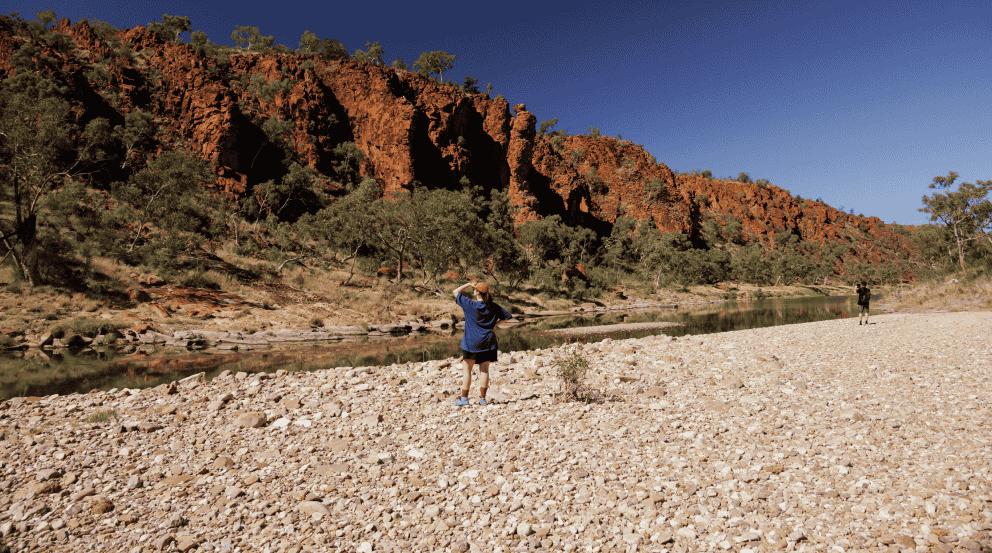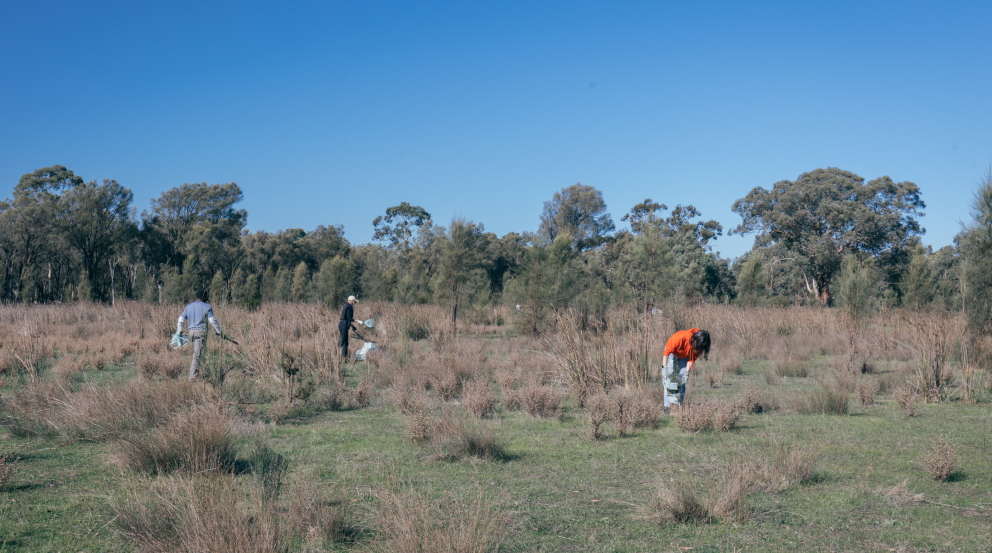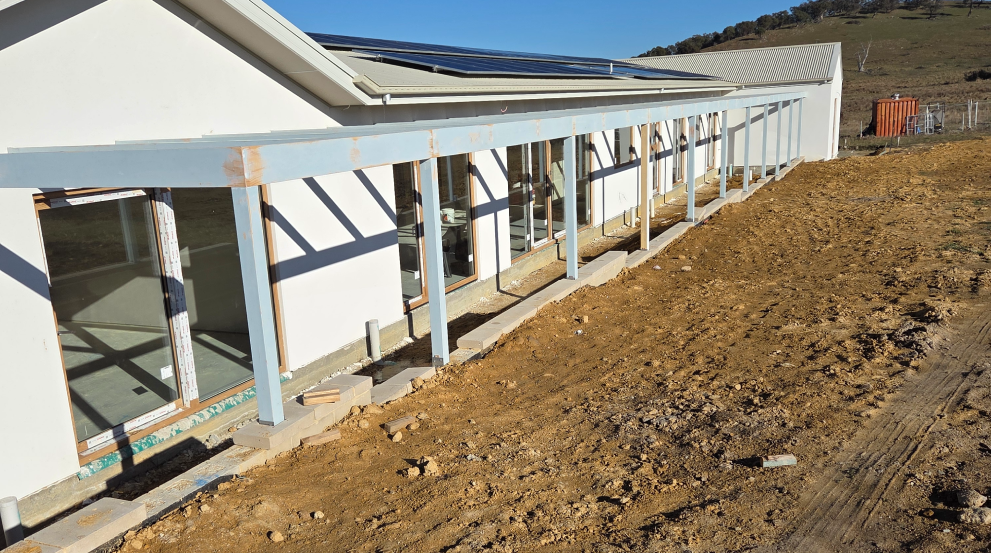A deficit of high-quality filmmaking and effective storytelling in the conservation sector prompted Tim and Michael to go out and do it themselves. Meet the duo behind Grassland Films.
For Tim Brown and Michael Portway, founders of Grassland Films, there’s not a whole lot of glamour involved in filmmaking. Their work in conservation storytelling is less about walking the red carpet and more trudging through boggy marshes with heavy camera equipment, being bitten by mosquitoes and waiting for that perfect golden afternoon light.
But they wouldn’t have it any other way. Because it’s expeditions like this in Australia’s wild places that led them to spotting two Glossy Black-Cockatoos feeding on She-Oaks in East Gippsland, and witnessing a flock of Swift Parrots – among Australia’s rarest birds – twittering in the trees in a Fawkner cemetery.
.webp)
“It’s estimated there’s fewer than a thousand Swift Parrots in the wild,” Michael says. “It was very strange to be in a cemetery filming these incredibly rare birds. It was a special experience.”
Michael and Tim first met in 2017 when they worked together making films for an environmental charity. They both moved on to other jobs, but stayed in touch and were soon throwing around the idea of starting up a conservation-focused production company. In early 2021, they got serious about it, and Grassland Films was formed. They specialise in making films about Australian wildlife and conservation, and work with like-minded people and organisations like Greening Australia and Bush Heritage Australia.
“We both saw that there was a real deficit of high-quality video and filmmaking in the conservation sector, which is a real shame because it’s an area that urgently needs effective storytelling,” Michael explains. “We both thought that we could, arrogantly maybe, do something to help fix that!”
The team’s main interest is the intersection of human interest, species and conservation issues. “We produced one story for Bush Heritage Australia about why a landholder has decided to bequest their property in the Otways to Bush Heritage,” says Tim, who worked in the science sector before making the switch to filmmaking. “So telling the story of how the bush was such an important part of her life and handing it over would ensure it was protected forever.”
.webp)
Tim and Michael are also about to start work on a miniseries about the Glossy Black-Cockatoo. “You’ve got a highly charismatic, visually appealing species, you’ve got a range of different human connections to that species, whether they’re farmers revegetating their land or Traditional Owners who have deeper connections to that species,” Tim says.
“Then there’s this broader environmental story around that, which involves biodiversity loss, climate change, bushfires… It’s an interplay between the species, the environment, and human stories. Because ultimately, we only really relate – as people – to other people and their stories.”
.webp)
Bank Australia’s conservation reserve, home to species like the Diamond Firetail, Growling Grass Frog and Red-tailed Black-Cockatoos, was one of the reasons Tim and Michael decided to switch where they bank. “It was a no-brainer,” Tim says. “With a lot of the big banks, you’re worried about your money being used to fund fossil fuel projects, but instead, you’ve got your money going towards things like the conservation reserve, which directly aligns with our values.”
Stay up-to-date with what’s happening at the Conservation Reserve, or find out more about Grassland Films.








